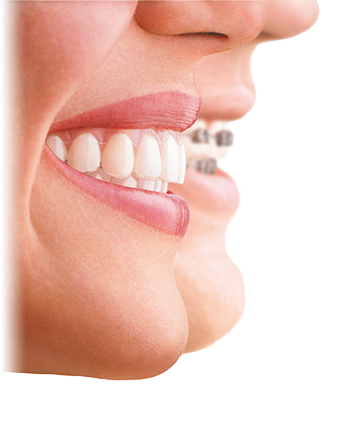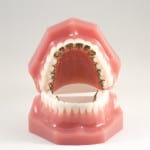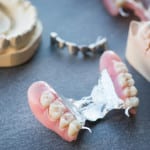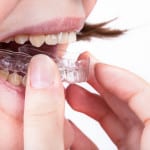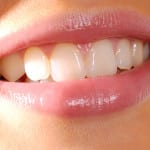 Did you always think that to have a gorgeous smile you had to sport a mouth full of metal or put up with painful wires and brackets? If you’ve shied away from orthodontic treatment in the past, we have good news! With Invisalign, we can create incredible smiles without a wire in sight.
Did you always think that to have a gorgeous smile you had to sport a mouth full of metal or put up with painful wires and brackets? If you’ve shied away from orthodontic treatment in the past, we have good news! With Invisalign, we can create incredible smiles without a wire in sight.
About Invisalign
Invisalign is a clear brace system, which uses a sequence of removable plastic braces to reposition and realign the teeth. These braces are not like your average fixed brace. They are completely different, and they give you the opportunity to enjoy treatment in secret. When the transparent braces are in place, they are virtually undetectable, and as they are removable, you can get on with life as normal. You don’t have to worry about brushing around brackets or trying to make sure food doesn’t get stuck in your teeth while you’re eating.
What does Invisalign treatment involve?
Invisalign treatment is unlike fixed brace treatment because it employs a series of aligners, rather than a single appliance. Each patient’s treatment is planned in advance, and you will receive a set of aligners, which must be worn in a specific order. Each aligner is worn for two weeks. As you get closer to the end of the sequence, you should notice that your smile looks straighter, but the full effects won’t be visible until you remove that final aligner.
The benefits of Invisalign
Many people are put off braces by the idea of having lots of metal parts in their mouths and the assumption that wearing braces is painful and uncomfortable. With Invisalign, you don’t have to worry about discomfort or metal components. These aligners are made entirely from high-grade plastic and they use gentle forces to move the teeth. Initially, it may take you a couple of days to get used to wearing your Invisalign aligners, but you’ll soon be wearing them without even noticing.
To find out more about Invisalign, give us a ring or pop in and see us today!


